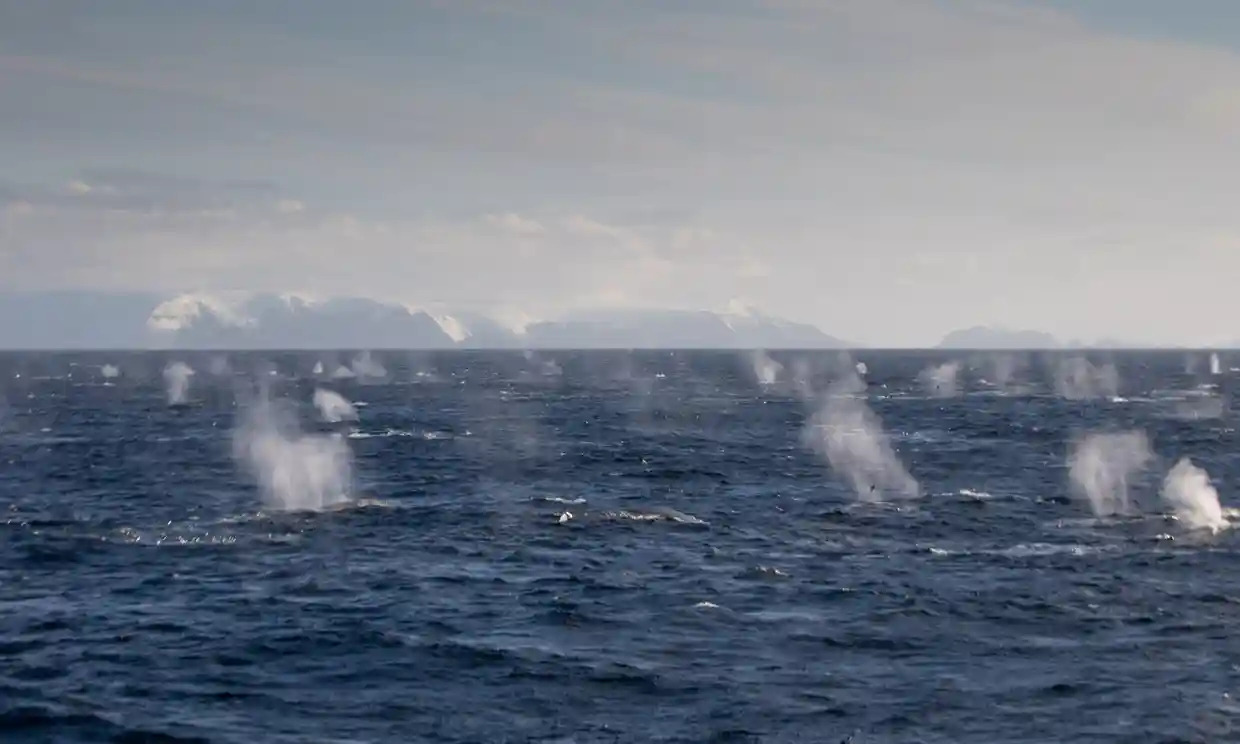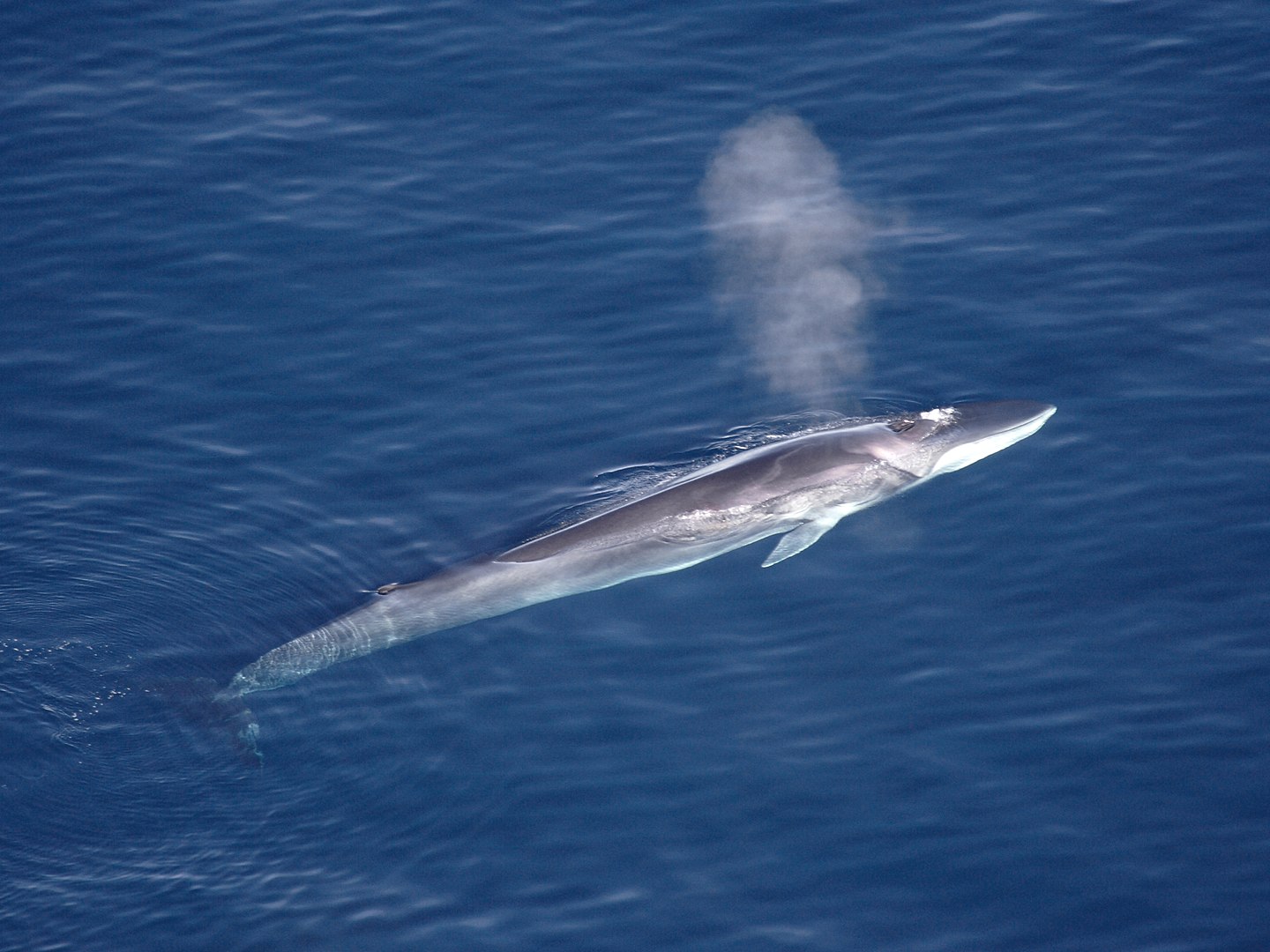
- Inspiring People -
- 3mins -
- 197 views
Return of as many 1,000 Fin Whales Brings Hope for Recovery from Extinction
Around a thousand fin whales, the second-largest animals on the planet after blue whales, have been spotted swimming and feeding in the same Antarctic waters commercial whaling almost wiped them out a century ago.
1,000 fin whales back from near extinction
About a thousand fin whales, one of the largest animals in the world, have been observed swimming in the same waters where commercial whaling nearly wiped them out a century ago. The group are concentrated in an area five miles wide (8 km) between the South Orkney Islands and the Antarctic peninsula. Seeing one whale is breathtaking, but imagine 1,000 of them, blowing water spouts high “as tall as pine trees” into the frigid air!

Seeing 1,000 Fin Whales Feeding Together offers hope from extinction
The crews of four krill fishing boats and a research vessel full of scientists were treated to the majestic spectacle of 1,000 fin whales congregating near Antarctica to feed. Second only in size to the blue whale, fin whales were once one of the chief targets of whaling vessels—and were driven to near extinction by the practice; they haven’t been seen in these numbers for over a century.
Researcher Conor Ryan estimates this to be the largest congregation of fin whales ever recorded; the sea so dense that day with the 81-foot (27-meter) long slender baleens, that their breaching created what Phillip Hoare described as a “misty forest of spouts, as tall as pine trees.”
Ryan, a zoologist aboard the National Geographic Endurance, filmed the whales going about their business as the boat passed around 375 miles north of the Antarctic Peninsula, near the South Orkney Islands. (Watch Ryan’s incredible footage here)
Hoare, a whale expert reporting for the Guardian, states that science has discovered fin whales can live 140 years, meaning they could only just now be recovering from the whaling industry of the 1800s, and that gatherings such as these could become a lot more commonplace.
Source: GoodNewsNetwork

In whale-related news
How protecting whales could be our best defence against climate change. New analysis puts a price tag on exactly how much whales are worth to us, and why we should care about the world’s whale population. It was found that whales absorb large amounts of carbon in their bodies. During the lifetime of the average whale, which is 60 years, it will sequester 33 tons of CO2. In comparison, a tree absorbs up to 48 pounds of CO2 each year. Read more on this.
In related news, as many as 500 humpback whales and a record 21 whale calves have been documented in the Salish Sea off Washington and British Columbia, according to the Pacific Whale Watch Association (PWWA) — a significant recovery for a species listed as endangered just 25 years ago. Read more on this.
Meanwhile, after centuries of exploitation, unprecedented numbers of blue whales are returning to old feeding grounds, proving that wildlife protection measures really do work. Read more on this.
And if you just love good news stories about whales, click here.



